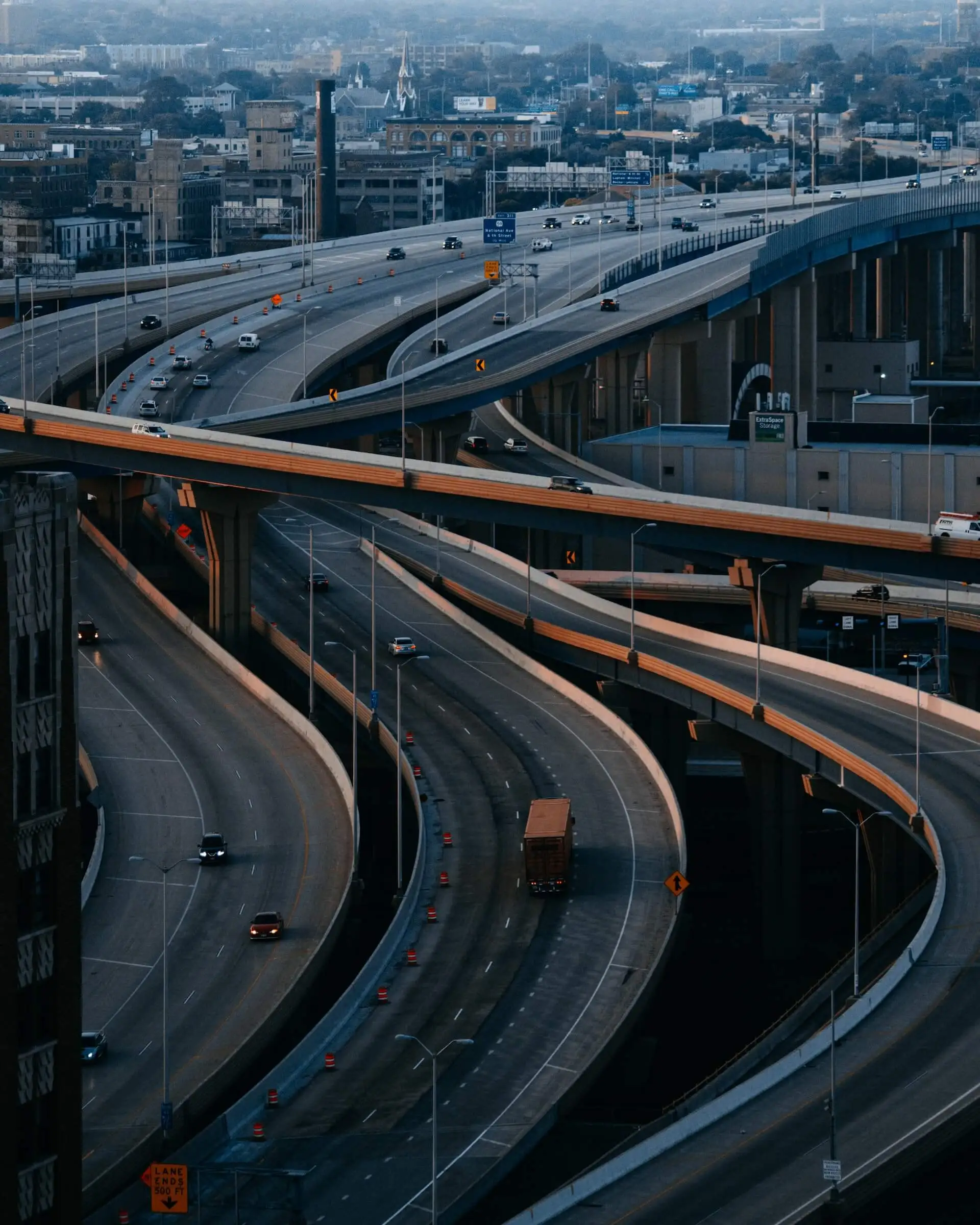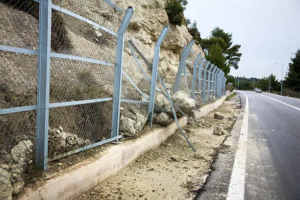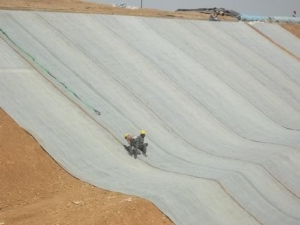Best Landscape Fabric for Draining Water
If you’re looking to make a weed-free area within your garden design then using Landscape fabric as a weed barrier is a nice option. In case it’s a walkway, seating area or simply to create weed control easier in your garden borders, the long-term advantage can be high.
Table of Contents
Looking for the Best Weed Barrier
To opt for the right material, you are first required to have a basic appreciation of the options and their properties and features. So let’s spend some moments looking at each option, and what their features and advantages are before I provide you with a list of my preferred weed barrier products.
Landscape Fabric and Its Working
Landscape fabric is a kind of thick horticultural textile material, normally sold in rolls. The actual materials used to create this fabric vary by manufacturer, but commonly involve polyester, linen, and a few forms of recycled plastic.
The fabric is structured with thousands of tiny holes across its surface area, letting water penetrate through and drain off into the soil behind. These holes are formed as part of a weaving procedure or separated during manufacture.
Advantages of Landscape Fabric:
Weed Reduction
The main purpose of Landscape Fabric is to act as a weed barrier, by protecting sunlight from reaching seeds within the soil below. It’s particularly effective when put under a surface layer such as bark or gravel.
Cost-Effectiveness
Landscape fabric is greatly affordable on most budgets and typically lasts for several years. It helps in discouraging weed growth over the long term.
Water Conservation
All weed barrier fabrics aid in limiting moisture evaporation from the surface of the soil. This reduces the requirement for water, so it’s specifically useful in drought-stricken areas.
Howbeit, landscape fabric does also have some weaknesses that prevent it from being the best choice in every gardening situation.
Landscape Fabric Limitations:
Limited Breathability
The weed barrier stops air from freely moving via the soil. This can reduce aeration close to the plant roots.
Blocks Nutrients
Landscape fabric can avert nutrients from grass clippings from returning to the soil and howbeit, reducing the water flow through the soil as well prevent nutrient wash-away
Some Structural Weaknesses
Landscape fabric is sturdy but not impervious. Some plants like bamboo can pierce through it, which worsens the weed barrier.
How Does Landscape Fabric Allow Water Through
Landscape fabric allows water through by having thousands of tiny holes per yard of fabric. Small enough to stop light and stop weeds from penetrating and but big enough to allow water molecules to soak through uninhibited. Which signifies you can water plants straight through the fabric.



